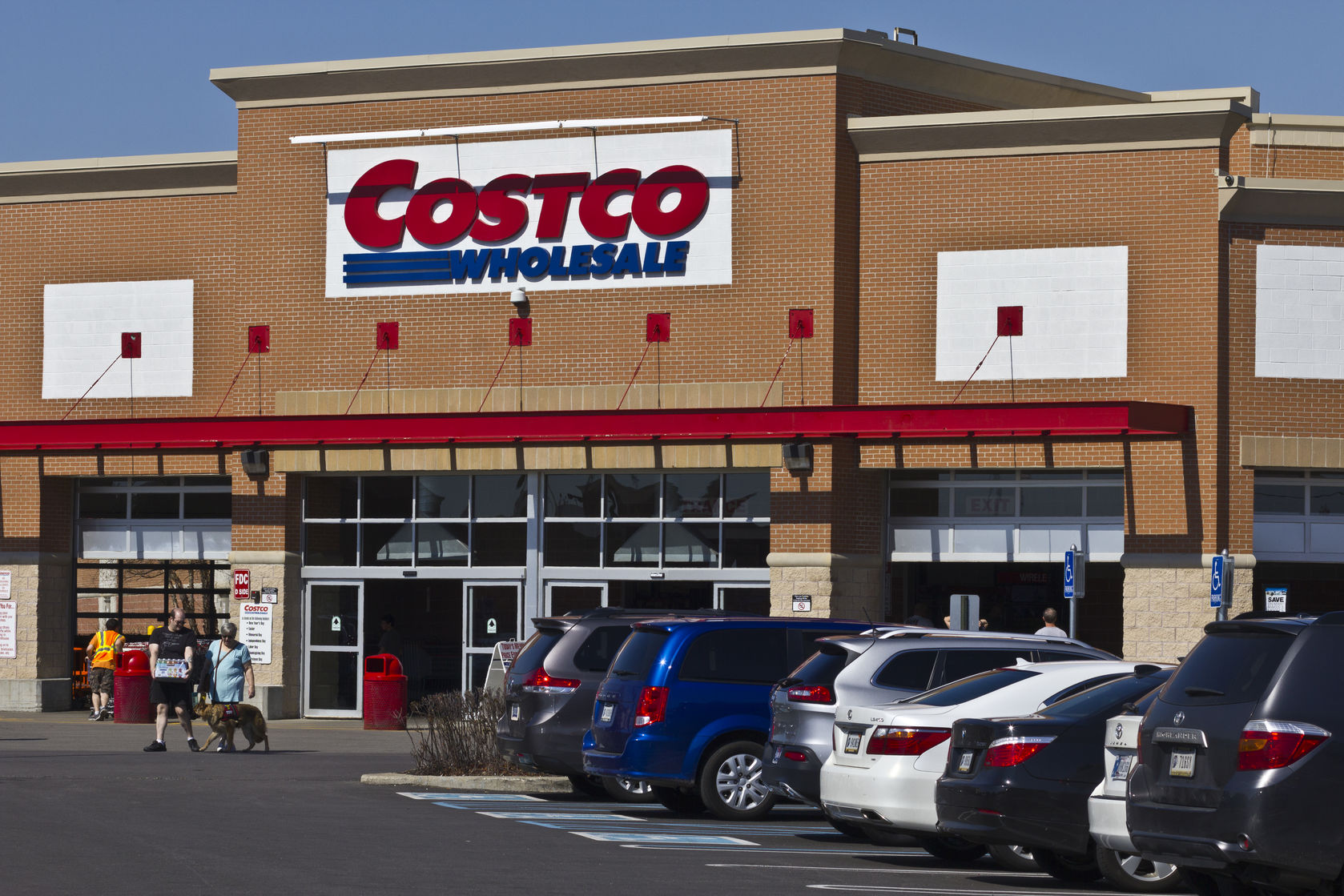Exclusive: Costco to open its first Chinese store in Shanghai Pudong.

By Jean-Marc MEGNIN,
General Manager
Few people know and details are hard to come by but it’s official: after testing out the Chinese market for three years via virtual store Tmall, Costco, the world’s second biggest distributor, is to open its first brick-and-mortar warehouse store in the Pudong area of Shanghai. This scoop came in from Stéphane Joly in Shanghai, Vice President at Altavia Asia, but has been backed up by an “exclusive” article we found on Chinese site Yicai Global which confirms the news.
When entering China in November 2014, giant Costco was initially cautious, having learnt the lessons of other retailers such as Walmart who, having thought they could simply apply their US model to the Chinese context, paid the price. In 2014, Costco decided for the first time in its history to enter a country “top-down” and online only without its famous warehouse store concept reserved for card members.
By opening a virtual store on Tmall, a platform with 450,000,000 active customers, Costco was acknowledging that implementing its conventional concept could prove costly and unproductive given its limited knowledge of Chinese culture and how it could push its range which was mostly developed from its US counterpart, not to mention its profitable yet strict business model and product import restrictions. Costco also avoided these issues by showcasing its own food brand Kirkland.
Legend has it that Costco had more than 1,300,000 page views on the day it opened its virtual store, that 40% of items were sold out within the first few days and that it had soon done millions of dollars of business. You could say it was a success. Look at the “official” Costco store on Tmall today and the range is pretty comprehensive with clothing, kitchenware, baby products and own brands alongside a few well-known brands such as Lays and Ritz.
So Costco is ready…
Its approach has proved to be shrewd as little by little it has been able to build data and awareness of its Chinese customers’ habits before making the decision to open a brick-and-mortar store in the country. Which is apparently scheduled for 2018. Land has been bought so construction is likely to begin soon.
Are the Chinese ready to pay to be Costco members? “Yes, if they understand that after two in-store payments the membership cost is already worth it,” says Stéphane Joly.
But one major question remains. Are the Chinese ready to pay for a membership card allowing them to buy at a warehouse store, a concept as yet unknown in the country, or will Costco make an exception? According to Yicai Global, this doesn’t look likely.
“I can’t see Costco making any exceptions to its principles: its business model is based on membership. This is what ensures it can keep prices aggressively low with margins apparently lower than 15%,” explains Stéphane Joly, “It would make no sense to make changes if the Chinese quickly realise that the cost of the card is covered after two in-store payments and “bargains” can be had thanks to the famous treasure hunt where jewellery worth $100,000 and Levi’s worth $29 can be found next to TVs and bird cages. The bazaar feel could suit China nicely…it’s going to work. Look at Costco’s success in Taiwan: it only has three stores and they are all in Taipei. It’s a big hit!”
Voila encore un argument majeur pour affirmer que s’il l’on veut s’implanter en Chine durablement, les solutions existent à condition de ne pas vouloir appliquer des formules ”toute faites’‘, qui ont, certes, peut-être connus des succès ailleurs dans le monde, mais qui ne tiennent pas compte du caractère très spécifique du marché chinois.
This is another reason why if companies want to enter the Chinese market in a sustainable way, there are ways to do so provided they don’t use turnkey solutions. These may have enjoyed success elsewhere in the world but don’t take enough account of the characteristics of the Chinese market.
The other lesson to learn is that to succeed in the country against behemoths Alibaba, Tencent and JD.com, it’s worth seizing every opportunity to create shrewd local partnerships, even with the main local competition: this is the price you have to pay. Costco and Amazon have understood this in partnering early with Alibaba (both did so in 2014) and Walmart has recently paired up with JD.com.
